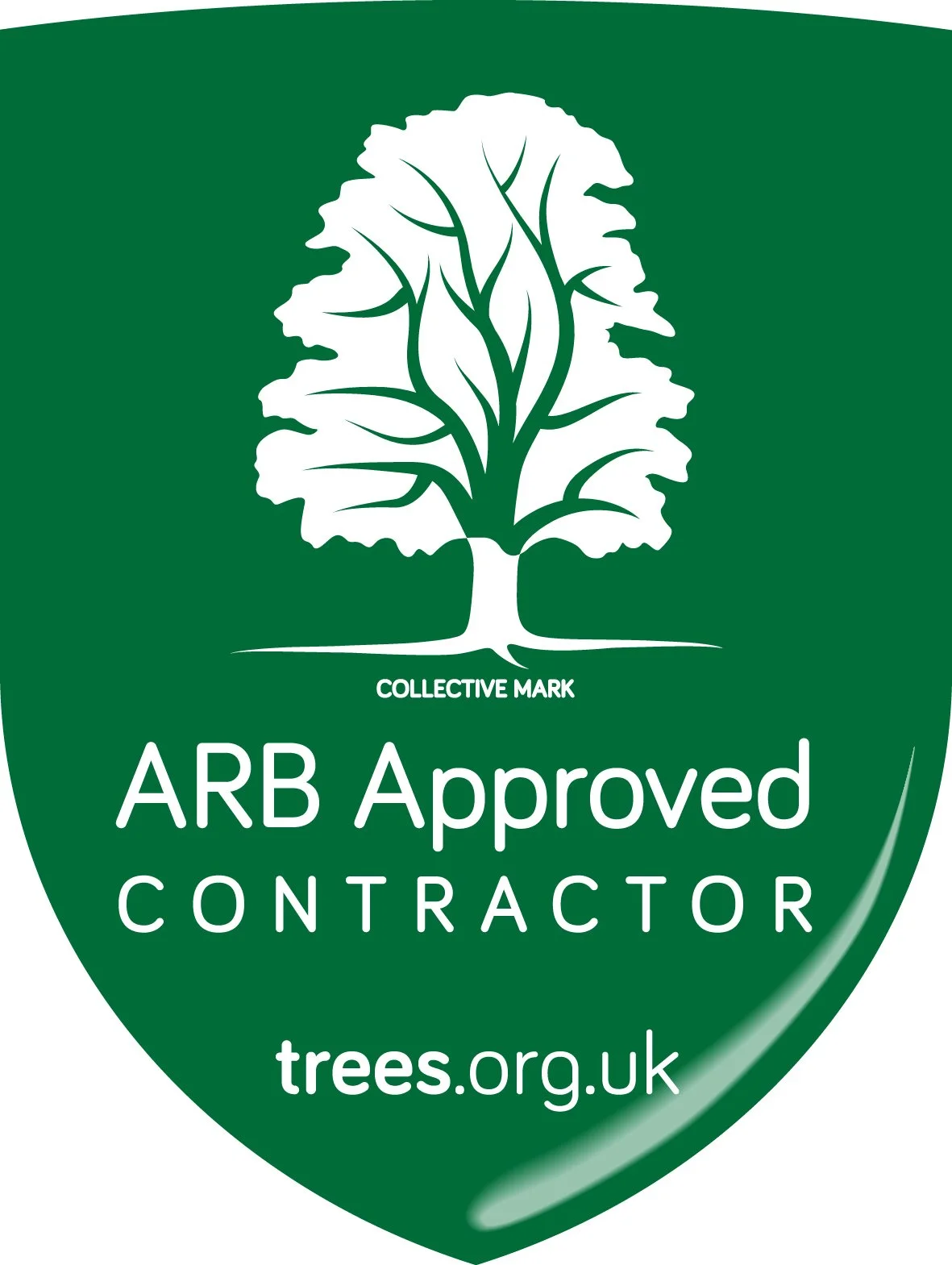As the first hints of summer head our way, it’s all too easy to forget the winter that was, only ten weeks ago or so, throwing its worst at the South West of England. If we do cast our minds back to that relentless round of storms that damaged historic buildings and left a gaping hole in our rail links to the west, some of the most iconic images are those of trees that came over, occasionally flattening cars or structures.
In spite of the front pages of the newspapers which would have us believe in an arboricultural Armageddon, I find it very interesting to reflect on the opposite viewpoint: isn’t it amazing just how many trees didn’t blow over.
Much of our work here at Dartmoor Tree Surgeons focuses around that question, “Is my tree safe?” It’s the most reasonable of questions to ask but surprisingly difficult to answer, not least because “safe” is such a subjective term. A tree’s “safety” is dependent on so many factors, including damage by pests, diseases, storms or snow. It is also time-bound so, for example, our tree inspections for Devon County Council (we have spent the past three years surveying every school and property managed by the County Council) require us to identify any trees that we consider to be a risk to persons or property within the next three years; frankly, trying to look much further forward than that is not really possible.
Predicting whole tree failure, or even just the failure of a branch or limb (many of which are large enough to do considerable damage in their own right), is as much an art as a science; while there are often clear indicators that something is wrong with a tree – say a large visible decay fungus or perhaps a visible cavity – many of the indicators are far more subtle and spotting them takes a combination of diligence and experience. Sometimes it’s simply luck.
An interesting solution is now available to us in the form of Quantified Tree Risk Assessment (QTRA). This system is now in its fifth incarnation and with each major revision, it has become a more effective tool; this latest revision incorporates incredibly complex statistical analysis (Monte-Carlo simulations for those who may be interested) to determine not whether a tree is “safe” or “unsafe”, but instead to evaluate it’s risk of harm. This may seem a little counter-intuitive but actually it’s worth thinking about a little further: Imagine a tree in a terrible condition – large cavities all over it, extensive root decay, and plenty of large dead limbs waiting to give way – it’s clearly highly likely to fail, but is it unsafe? Well, if it’s in a school playground or next to a busy main road, the answer certainly has to be yes, but if it’s in a field in the countryside, hundreds of yards from any public rights of way or private accesses, then probably no.
It is this process of considering the risk of harm which has given us greater confidence when looking at trees. Since Graham and I completed our QTRA training last autumn, I am confident that I have advocated the retention of many trees which otherwise I would have condemned or recommended for significant tree surgery.
Where’s the benefit for our customers? Well, any reduction in unnecessary work is immediately a cost saving, and retaining trees which may otherwise have been removed is obviously good for maintaining both our landscape and biodiversity. There will always be trees where we err on the side of caution for any number of reasons, or where a customer simply isn’t comfortable keeping a tree because they still feel it’s too great a risk, but presented with the outcome of our inspection (supplemented as necessary by the very comprehensive Practice Note published by QTRA – click here to view the Practice Note) customers can be more confident too.
So next time we’re battered by the weather here in Devon, take a moment to consider just how many trees are still standing rather than the tiny percentage that aren’t.
You can find out more about our Quantified Tree Risk Assessment services by visiting our QTRA page.
By Tom Hurley | April 28th, 2014


